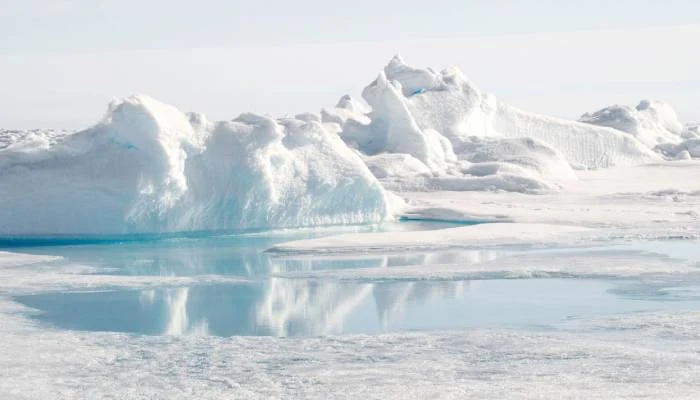Satellite data indicates that the amount of ice in Earth’s frozen oceans has dropped to its lowest recorded level in history.
The ice covering the Arctic and Antarctic plays a vital role in regulating Earth’s temperature by reflecting the Sun’s energy back into space.
According to BBC, as global temperatures rise, sea ice is shrinking, exposing more of the darker ocean beneath.
Unlike ice, which reflects sunlight, the dark ocean absorbs more heat, leading to further warming of the planet.
The recent record-low sea ice levels are likely caused by a combination of warm air, warm ocean waters, and winds that break the ice apart.
Reports indicate that between February 8 and February 13, the total area of sea ice in the Arctic and Antarctic was recorded at 15.76 million square kilometers.
This breaks the previous record low of 15.93 million square kilometers, which was set two years ago.
The U.S. National Snow and Ice Data Center (NSIDC) stated that, based on yearly data trends, this is not a temporary shift but a more permanent change, similar to what has been observed in the Arctic.
It further noted, “This suggests that Antarctica has now entered a new phase of lower ice extents.”
In recent weeks, Arctic sea ice levels have dropped even further compared to usual levels.
In early February, temperatures near the North Pole were about 20°C higher than normal, leading to ice melt in areas such as Svalbard.



